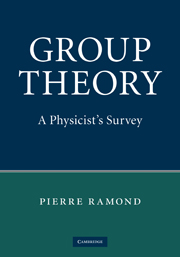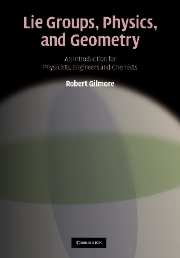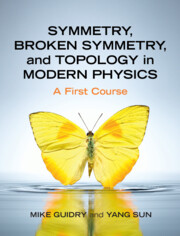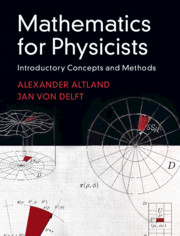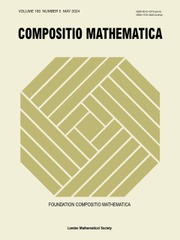Group Theory
Group theory has long been an important computational tool for physicists, but, with the advent of the Standard Model, it has become a powerful conceptual tool as well. This book introduces physicists to many of the fascinating mathematical aspects of group theory, and mathematicians to its physics applications. Designed for advanced undergraduate and graduate students, this book gives a comprehensive overview of the main aspects of both finite and continuous group theory, with an emphasis on applications to fundamental physics. Finite groups are extensively discussed, highlighting their irreducible representations and invariants. Lie algebras, and to a lesser extent Kac–Moody algebras, are treated in detail, including Dynkin diagrams. Special emphasis is given to their representations and embeddings. The group theory underlying the Standard Model is discussed, along with its importance in model building. Applications of group theory to the classification of elementary particles are treated in detail.
- A comprehensive overview of the main aspects of both finite and continuous group theory, with an emphasis on applications to fundamental physics
- Finite groups and Lie algebras are extensively discussed
- Applications of group theory to the classification of elementary particles are treated in detail
Reviews & endorsements
"The books construction is straightforward... Group Theory: A Physicist's Survey successfully introduces physics model builder to the most likely toold os choice for future constructions."
Robert Gilmore, Physics Today
Product details
June 2010Hardback
9780521896030
322 pages
255 × 178 × 19 mm
0.78kg
65 b/w illus.
Available
Table of Contents
- 1. Preface: the pursuit of symmetries
- 2. Finite groups: an introduction
- 3. Finite groups: representations
- 4. Hilbert Spaces
- 5. SU(2)
- 6. SU(3)
- 7. Classification of compact simple Lie algebras
- 8. Lie algebras: representation theory
- 9. Finite groups: the road to simplicity
- 10. Beyond Lie algebras
- 11. The groups of the Standard Model
- 12. Exceptional structures
- Appendices
- References
- Bibliography
- Index.

